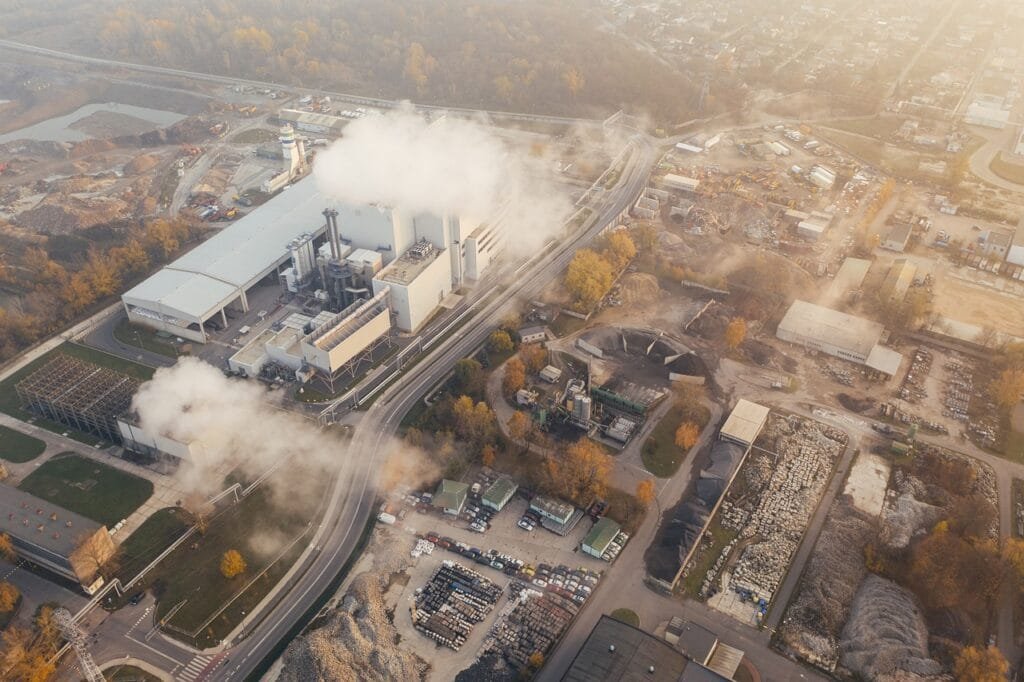Zero net carbon emissions, also known as carbon neutrality, refer to the balance between the amount of carbon dioxide emitted into the atmosphere and the amount removed or offset. Achieving zero net carbon emissions is critical to mitigating the effects of climate change, which threaten ecosystems, economies, and human well-being worldwide. Dr. Muhammad Yunus, in his visionary work Three Zeros: The New Economics of Zero Poverty, Zero Unemployment, and Zero Net Carbon Emissions, emphasizes the importance of this goal as a cornerstone of sustainable development. This report explores the urgency of achieving zero net carbon emissions, Dr. Yunus’s approach to sustainability, pathways to success, and the challenges involved.
The Urgency of Achieving Zero Net Carbon Emissions
Current Climate Crisis
Climate change has become a defining challenge of our era. According to the Intergovernmental Panel on Climate Change (IPCC), global temperatures have already risen by 1.1°C since pre-industrial levels. If emissions continue at the current rate, the world is projected to surpass the critical threshold of 1.5°C warming by the early 2030s. Rising temperatures are linked to more frequent and severe weather events, including hurricanes, floods, and droughts, which displace millions and disrupt livelihoods.
Consequences of Inaction
The economic cost of climate inaction is staggering. The Global Commission on Adaptation estimates that failing to address climate change could result in losses exceeding $7 trillion annually by 2050. Socially, the brunt of these impacts is disproportionately borne by low-income communities, exacerbating poverty and inequality.
Global Commitments
Efforts like the Paris Agreement aim to limit global warming to well below 2°C, ideally 1.5°C, by reducing greenhouse gas emissions. However, achieving these targets requires a shift toward zero net carbon emissions across all sectors.
Dr. Yunus’s Approach to Zero Net Carbon Emissions
Social Business as a Solution
Dr. Yunus advocates for social businesses—enterprises designed to solve social and environmental problems without prioritizing profit. By integrating sustainability into their core operations, these businesses can significantly reduce their carbon footprints. For example, a social business focused on renewable energy could provide affordable solar panels to underserved communities while minimizing emissions.
Linking Carbon Neutrality with Other Goals
Achieving zero net carbon emissions complements the goals of eradicating poverty and unemployment. For instance, renewable energy projects can create jobs while reducing reliance on fossil fuels, and sustainable agriculture practices can enhance food security while sequestering carbon in the soil.
Pathways to Achieving Zero Net Carbon Emissions
Renewable Energy Transition
Transitioning to renewable energy sources like solar, wind, and hydropower is essential. The International Energy Agency (IEA) reports that renewable energy accounted for 29% of global electricity generation in 2022, but this needs to accelerate to meet carbon neutrality goals. Governments and businesses must invest in renewable infrastructure and phase out fossil fuels.
Sustainable Business Practices
Adopting circular economy principles can help businesses reduce waste and emissions. For example, companies can recycle materials, use energy-efficient production methods, and design products for longevity. Patagonia, an outdoor clothing company, exemplifies this approach by using recycled materials and offering repair services to extend the life of its products.
Community Empowerment
Empowering local communities is critical for sustainable development. Initiatives like reforestation projects not only sequester carbon but also provide livelihoods for people in rural areas. For example, Ethiopia’s Green Legacy initiative planted over four billion trees in 2021, contributing to global carbon sequestration efforts.
Policy and Innovation
Governments play a crucial role in facilitating carbon neutrality by enacting supportive policies such as carbon pricing, subsidies for clean energy, and stringent emissions standards. Innovation in green technology, such as carbon capture and storage, can also accelerate progress toward zero net emissions.
Challenges and Barriers
Economic Barriers
The transition to sustainability requires significant investment. Developing countries, in particular, face challenges in financing renewable energy projects and adopting green technologies.
Industrial Resistance
Industries reliant on fossil fuels often resist change due to the high costs of transitioning to cleaner alternatives. Lobbying efforts can also hinder the adoption of stricter environmental regulations.
Global Disparities
Developed countries are historically responsible for the majority of emissions, while developing nations often lack the resources to invest in sustainability. Bridging this gap requires international cooperation and financial support.
Success Stories and Case Studies
Bhutan: A Carbon-Negative Nation
Bhutan is a global leader in sustainability, absorbing more carbon than it emits. The country’s commitment to maintaining 60% forest cover and investing in hydropower has made it a carbon-negative nation.
Renewable Energy in Germany
Germany’s Energiewende (energy transition) policy has significantly increased the share of renewables in its energy mix, reducing emissions by over 25% since 1990. This demonstrates the feasibility of large-scale renewable integration.
A Call to Action

Achieving zero net carbon emissions is not just a necessity but an opportunity to redefine economic and social systems for the better. Individuals can reduce their carbon footprints through lifestyle changes, such as using public transportation, reducing waste, and supporting sustainable brands. Businesses can adopt greener practices, and governments must lead with ambitious policies and investments.
Dr. Muhammad Yunus’s vision of zero net carbon emissions offers a roadmap for combating climate change while fostering economic and social progress. By embracing renewable energy, sustainable practices, and innovative solutions, we can work toward a carbon-neutral future. Achieving this goal requires collective effort, but the rewards—a healthier planet and a more equitable society—are well worth the challenge.
For more information on the causes and effects of climate change, visit Scoutripper’s blog.

